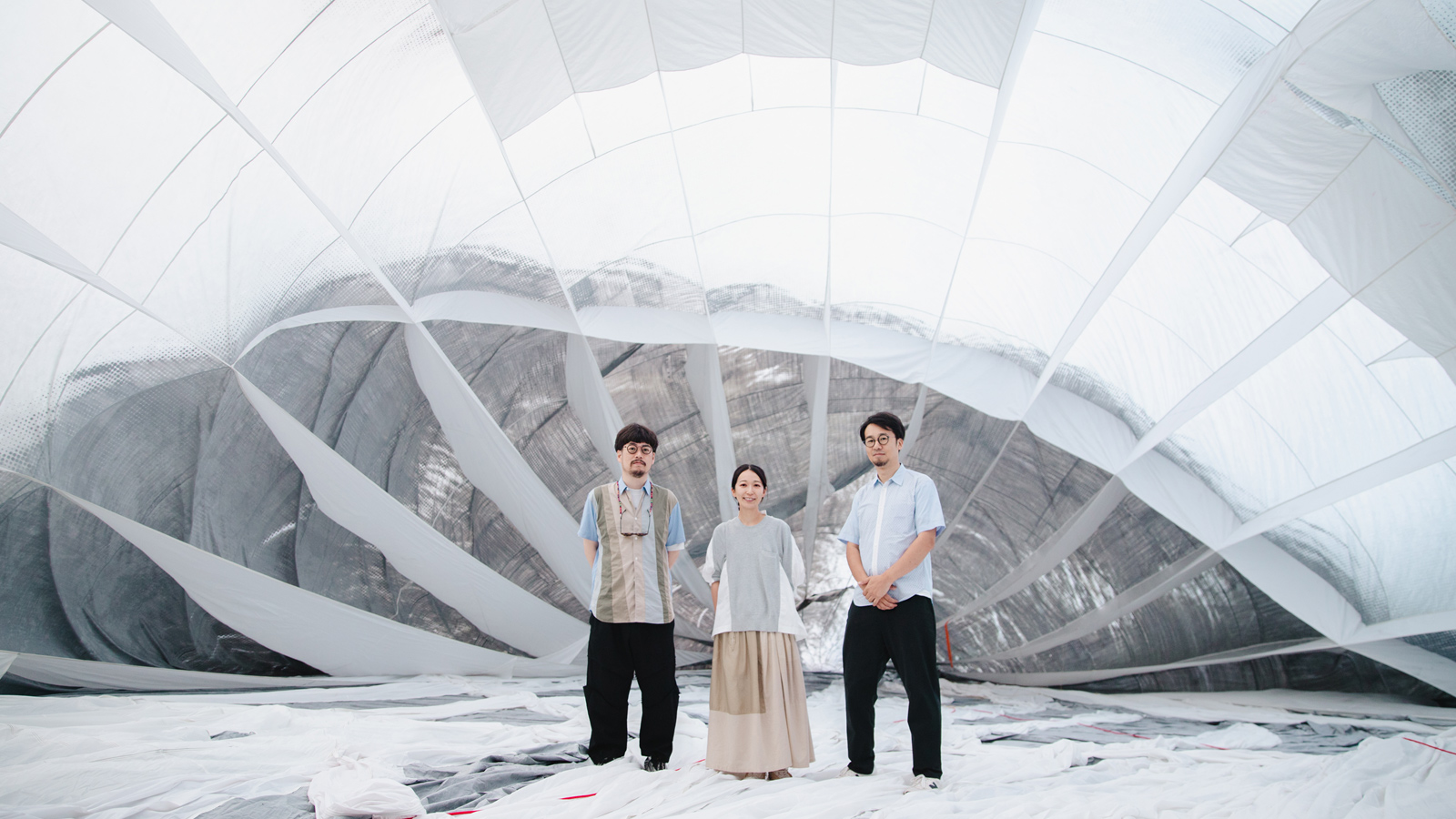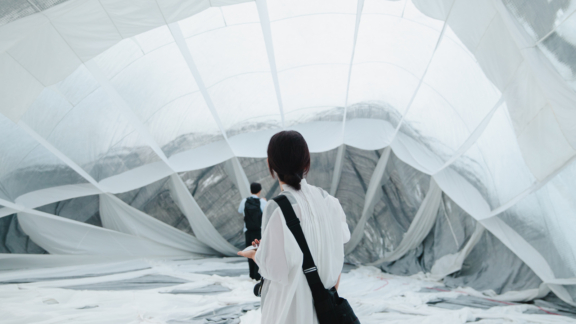Colective 目[mé]: «There are no clear answers to the act of appreciation»
What was special about presenting Masayume in Lisbon?
It was 縁 [en] [fate]. This is exactly what the season title 縁側 [engawa] indicates. In English, 縁 [en] can also be interpreted as serendipity. It was a dream glimpsed by chance; a face chosen among applications sent by people from all over the world.
It was the specificity of the streets and the topography of Lisbon which convinced us that this was the place to present our work. And the people from the Gulbenkian Foundation and CAM, along with the curator and the people in charge of the project, who worked day and night to negotiate and coordinate the flights. The pilot and his colleagues who risked their lives to make the flights happen. The ex-military person who coordinated all the locations of the project. The managers of each site.
The fact that the locations were decided based on an old memory of the person in charge. The fact that Lisbon was the first place in the world where humans flew a balloon, just near one of the project’s sites. The audience’s expectations of the presentation. The reaction of the people who happened to come across the project. The reaction of the audience online. And even the weather on the days of the flight. If any one of these factors had been different, the project would not have been realised in this way.
How did you feel about how people reacted in Portugal?
We found them very generous. On our fourth and final day, the project was slowly becoming famous in the city of Lisbon and there were more than 400 spectators at the location. That evening, while we were preparing for our last chance to fly, the wind was strong and everyone knew there was no hope of taking off.
Even though we knew that, there were spectators watching the preparations the whole time. And when the time came for us to sadly cut the tape on the barricade, the audience burst into applause. The audience approached us and Kenji Minamikawa, one of the artists from the 目 [mé] team, told them: ‘We couldn’t go up. I’m sorry’. And several of the audience members answered ‘What are you talking about? This is art’, or ‘Thank you for presenting this work in Portugal’, or ‘Thank you for coming to Portugal’. Kenji couldn’t hold back his tears.
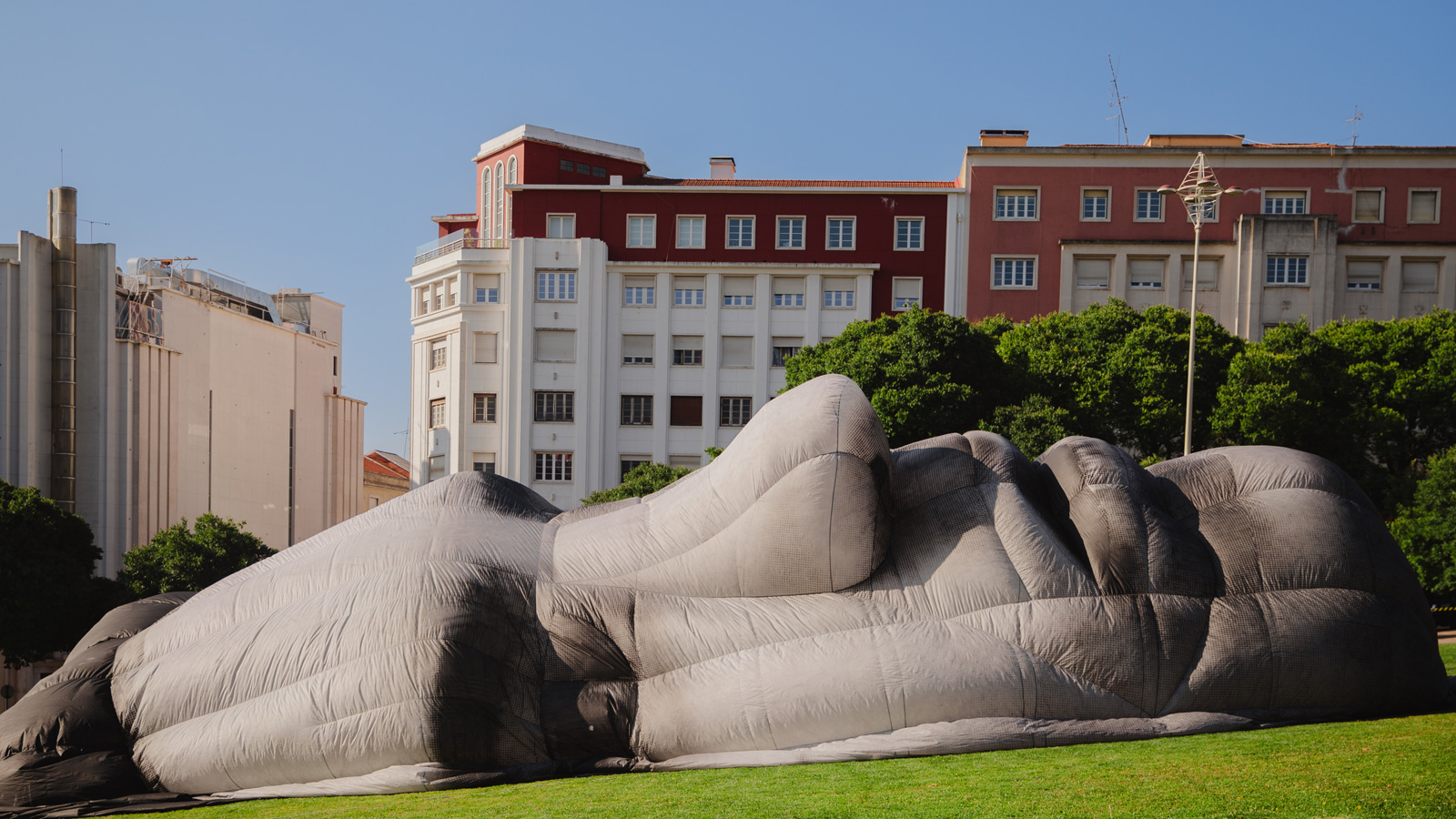
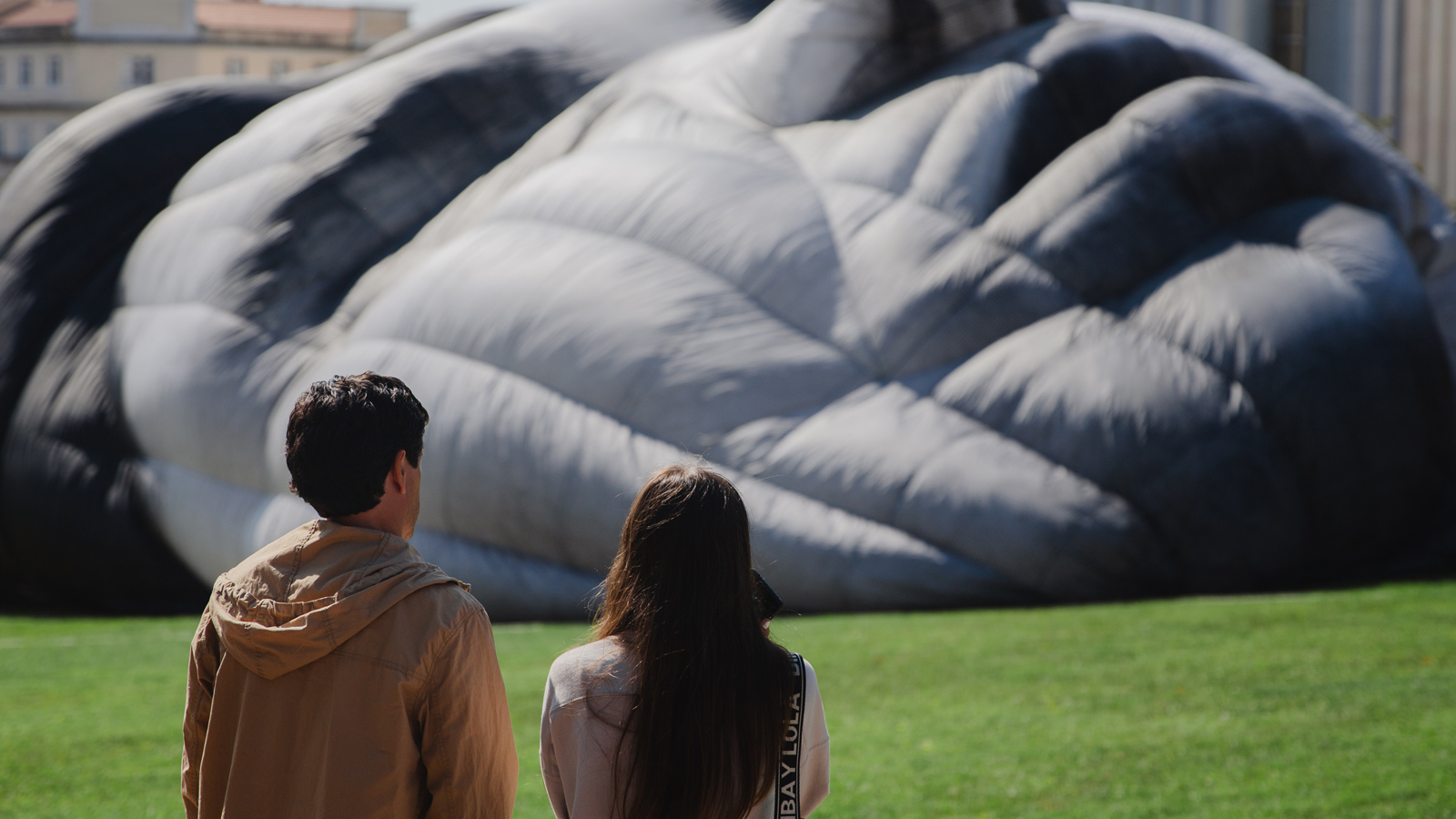
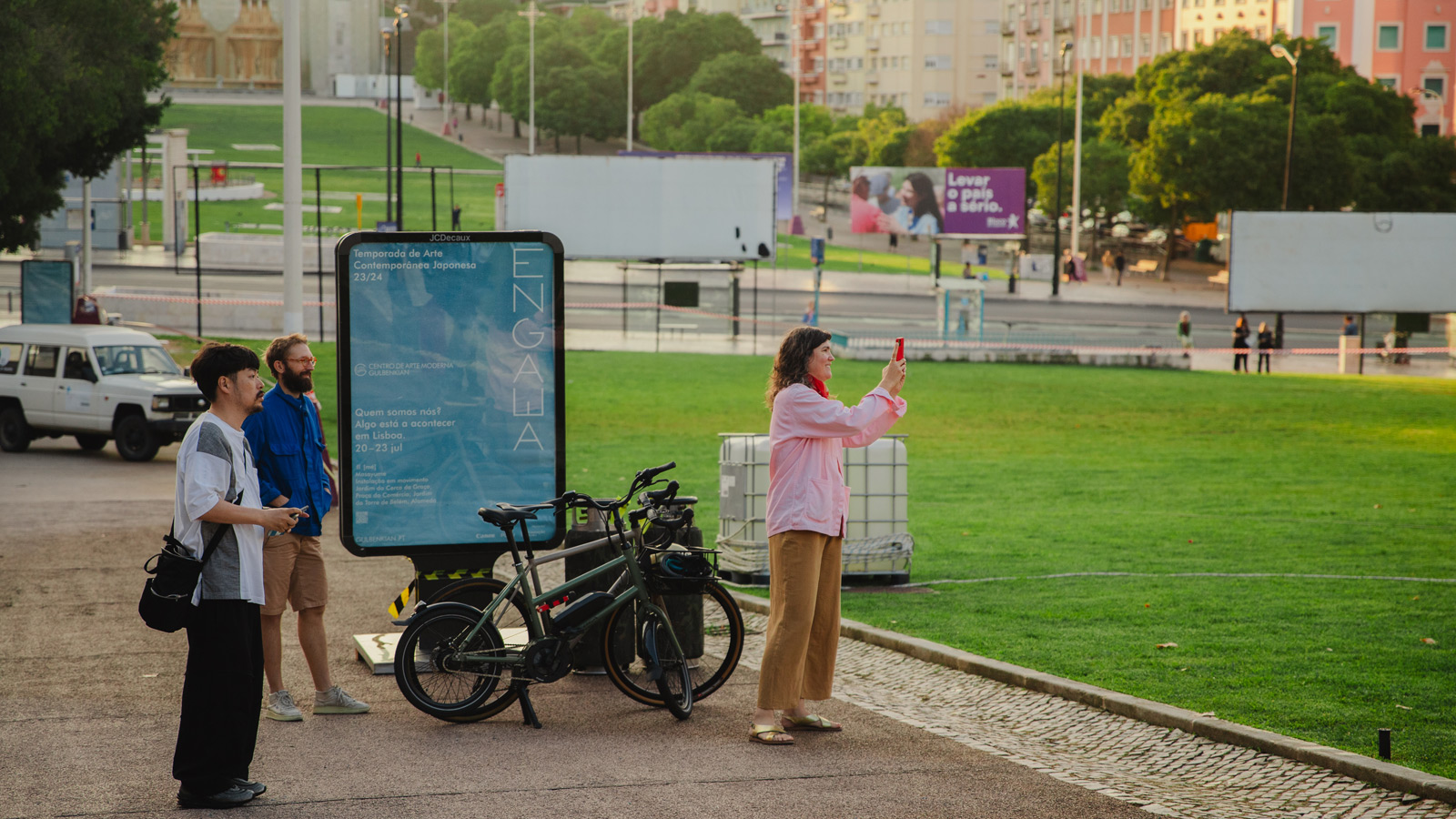
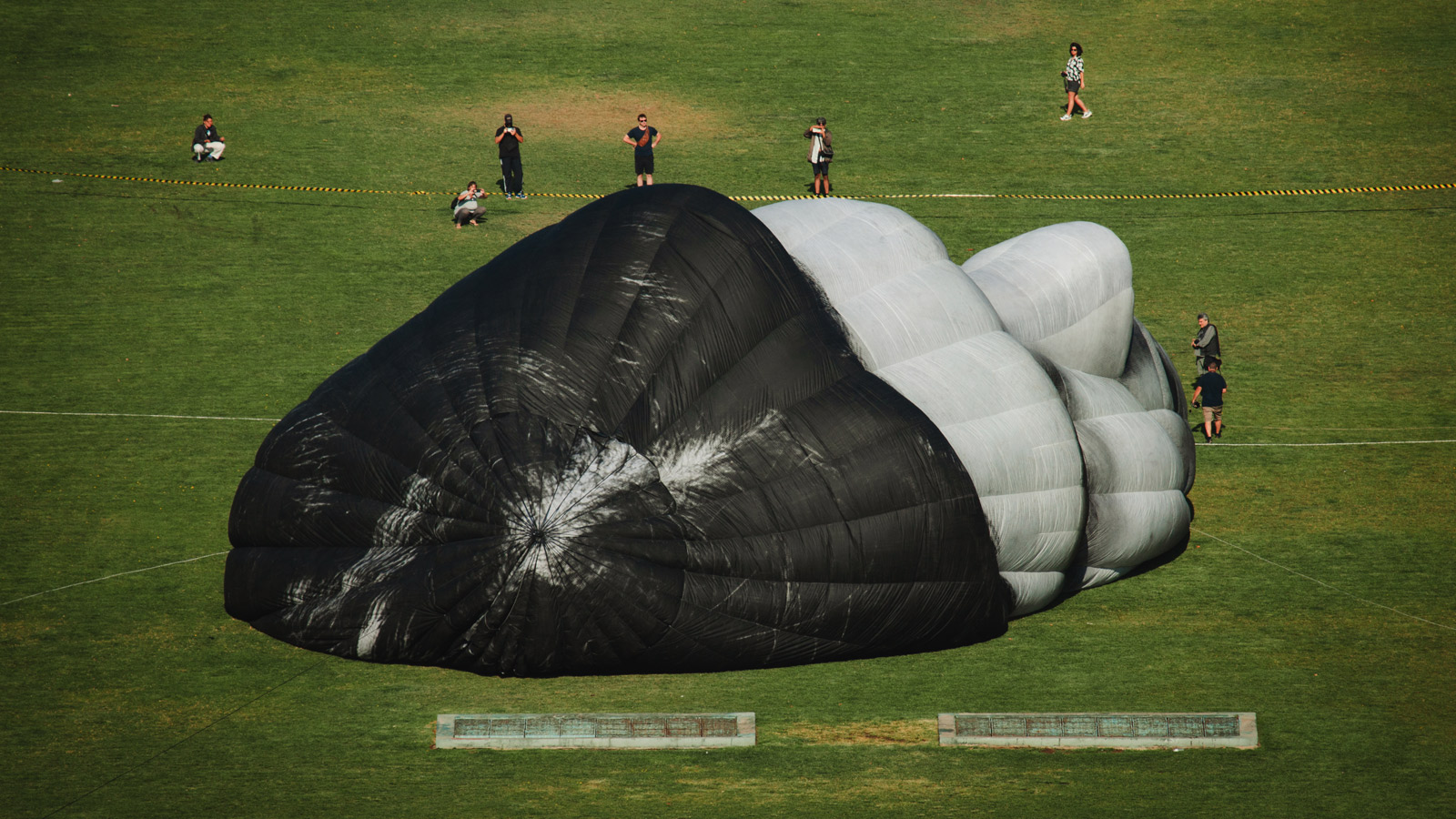

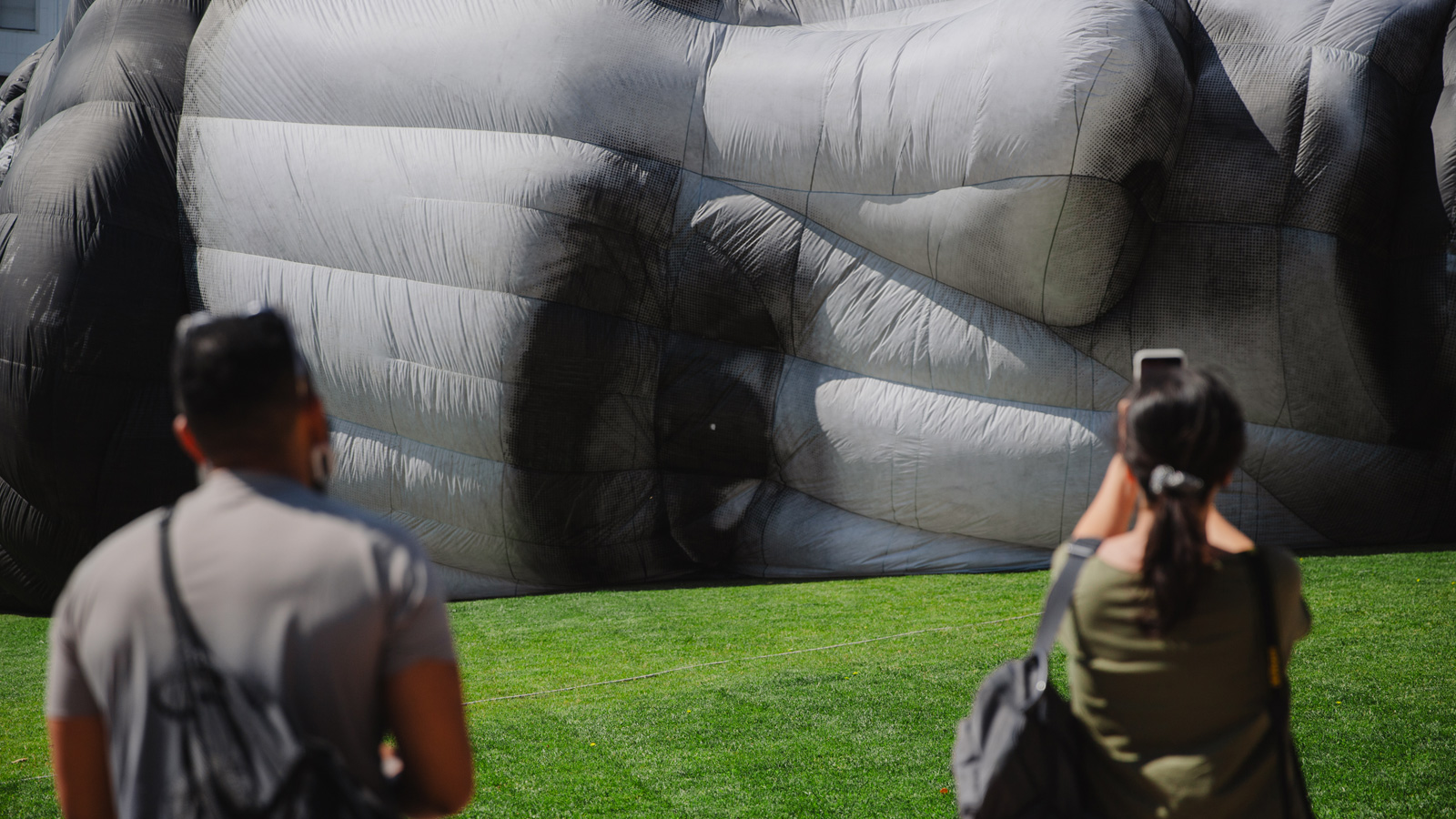
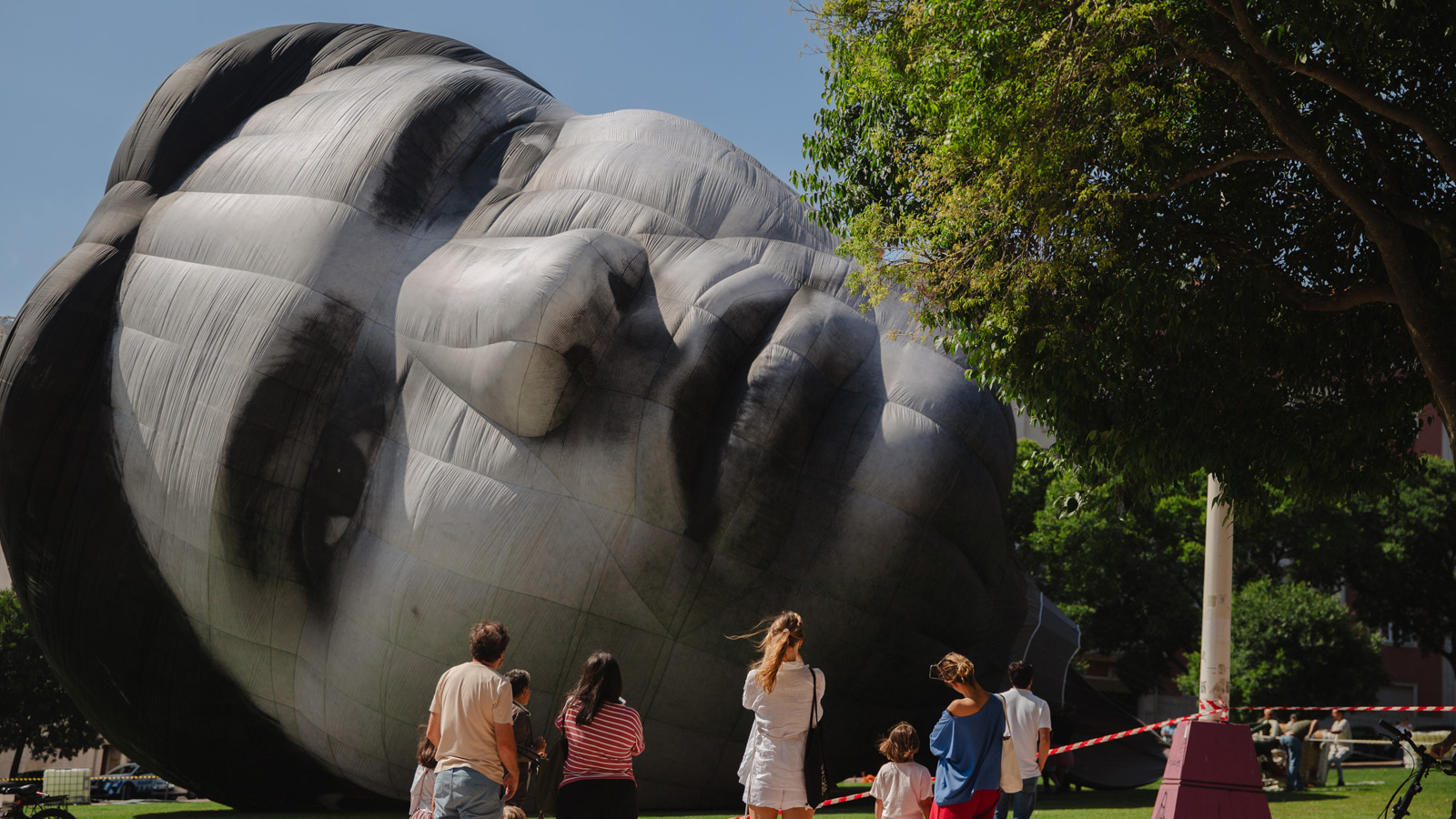
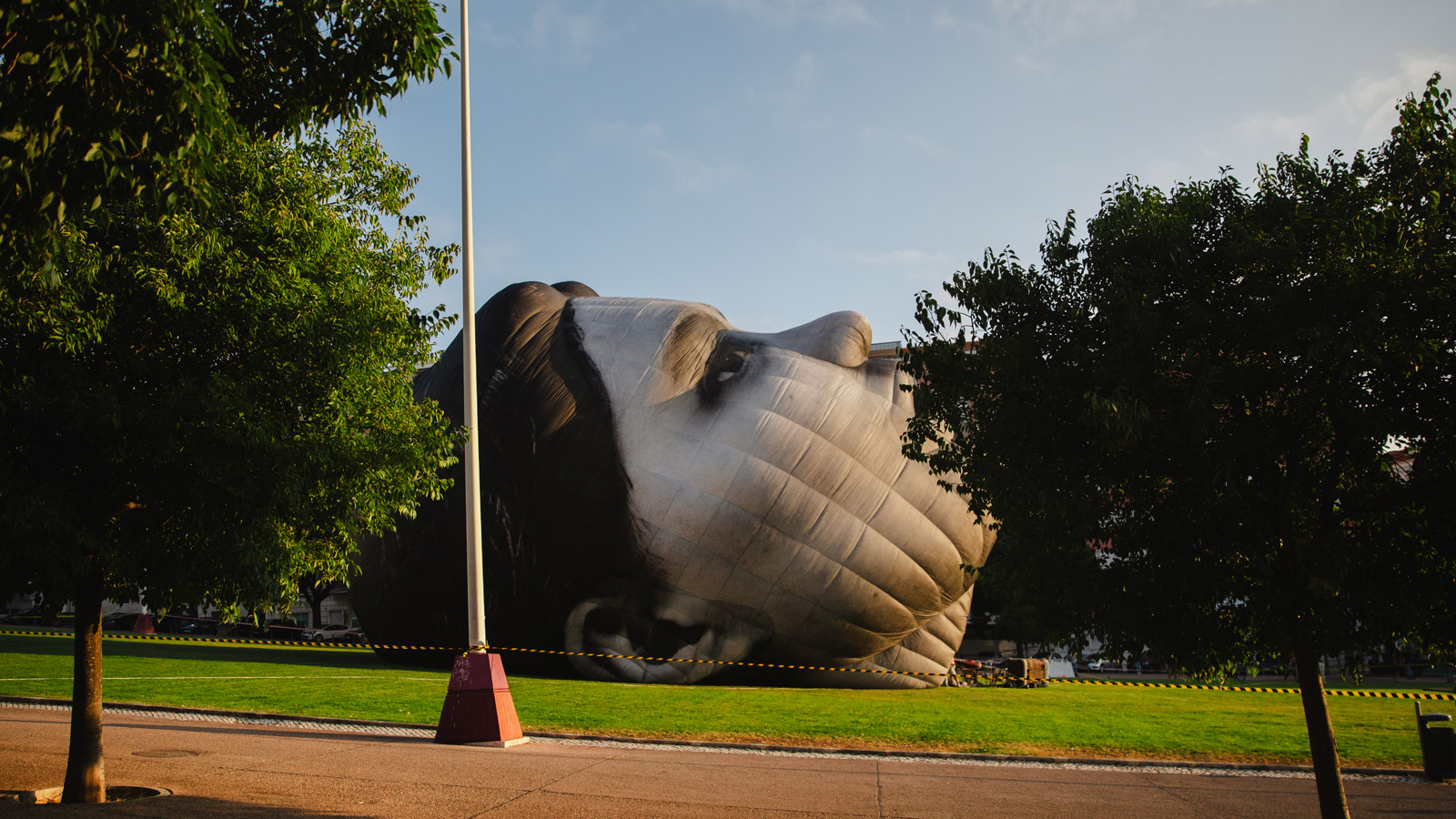
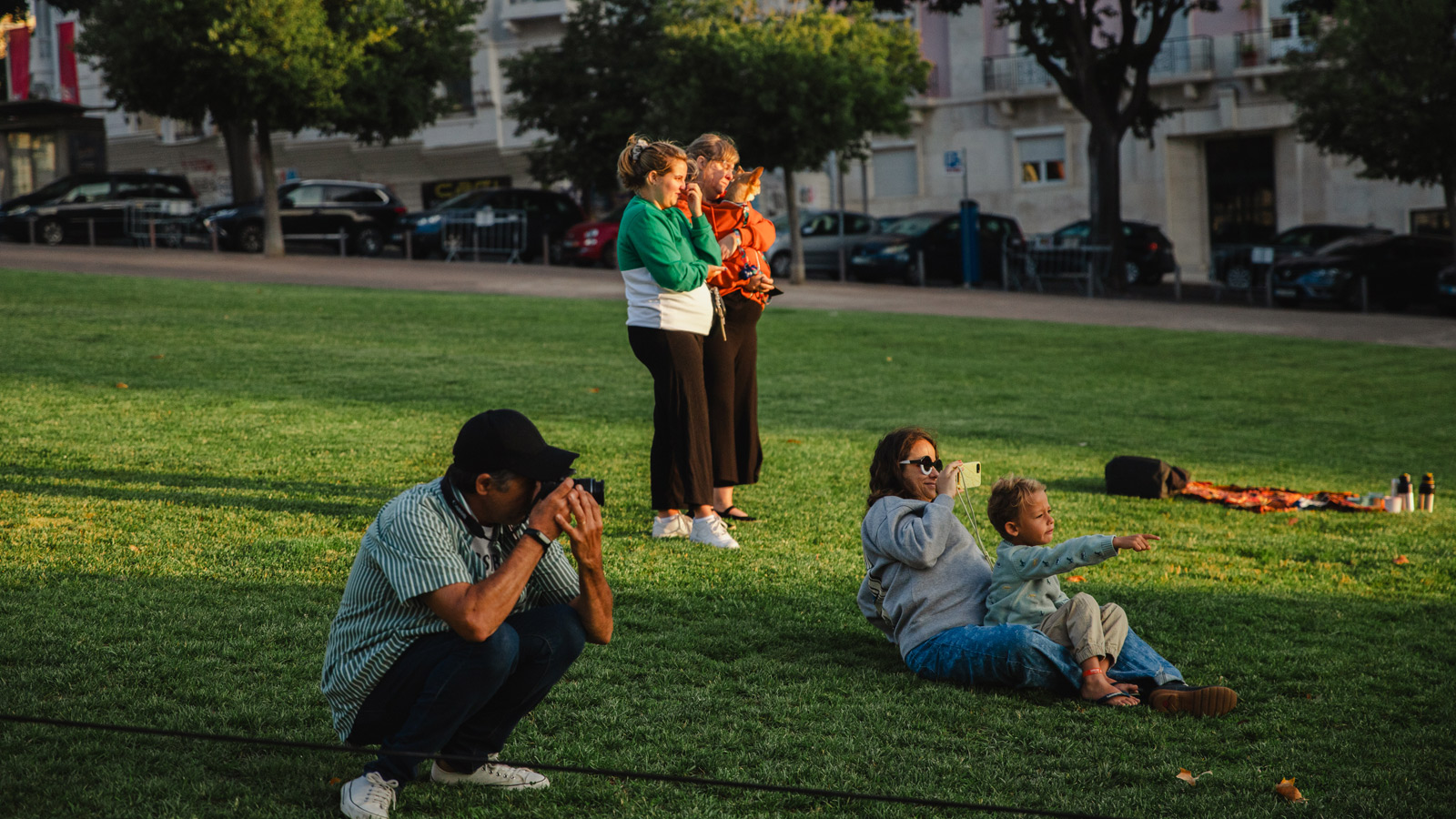
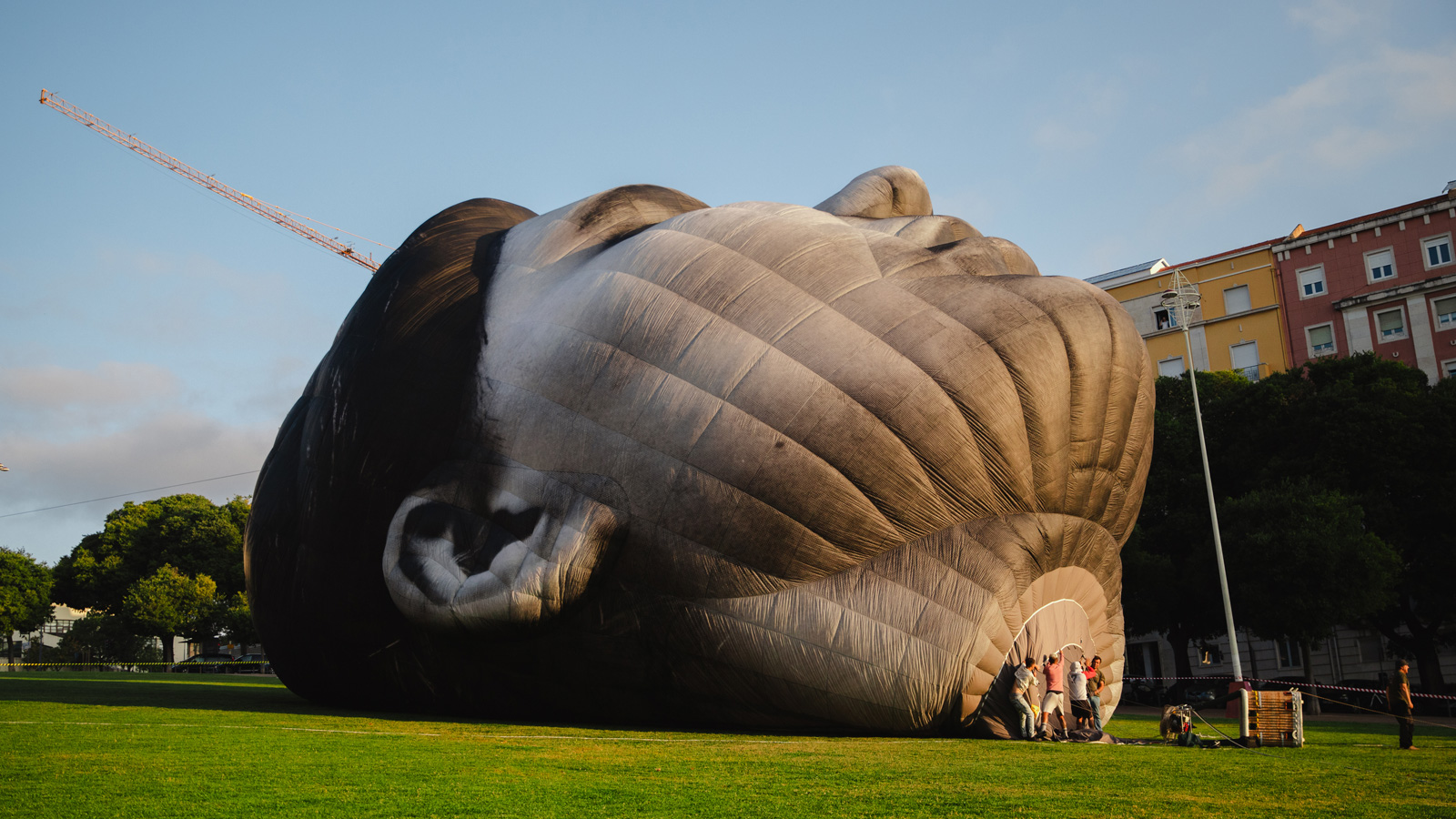
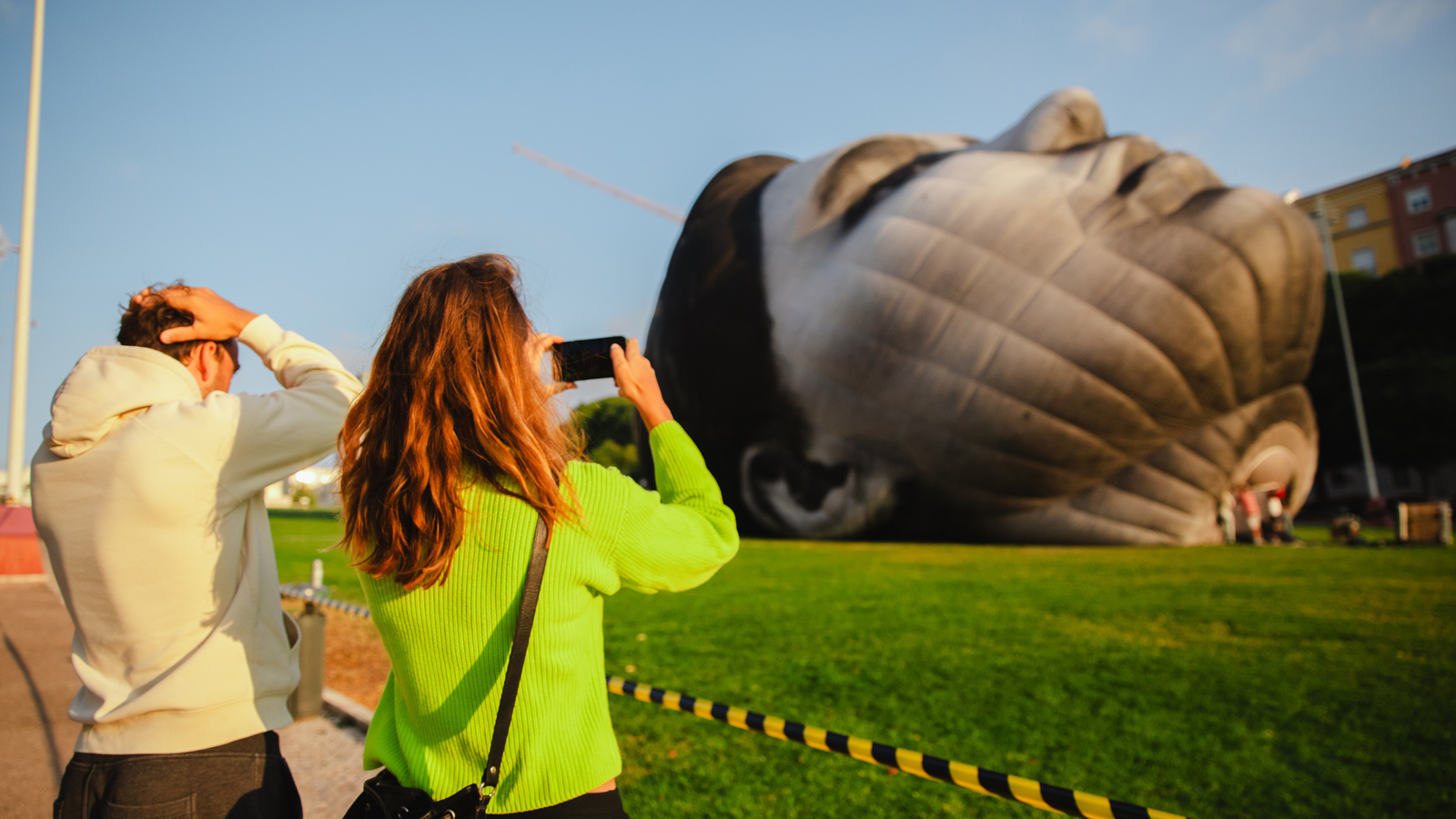


We knew that we would probably have to explain to the audience that the project didn’t consist of the moment of flight alone, but also included the period that preceded or followed the flight. We never dreamt that the audience would explain this to us.
When we decide to present a work of art, we must be prepared to accept any criticism that comes our way. However, we realised that the audience was already appreciative of the opportunity to see the work, whether it flew or not. Without any explanation from the artists, they accepted our work and appreciated it.

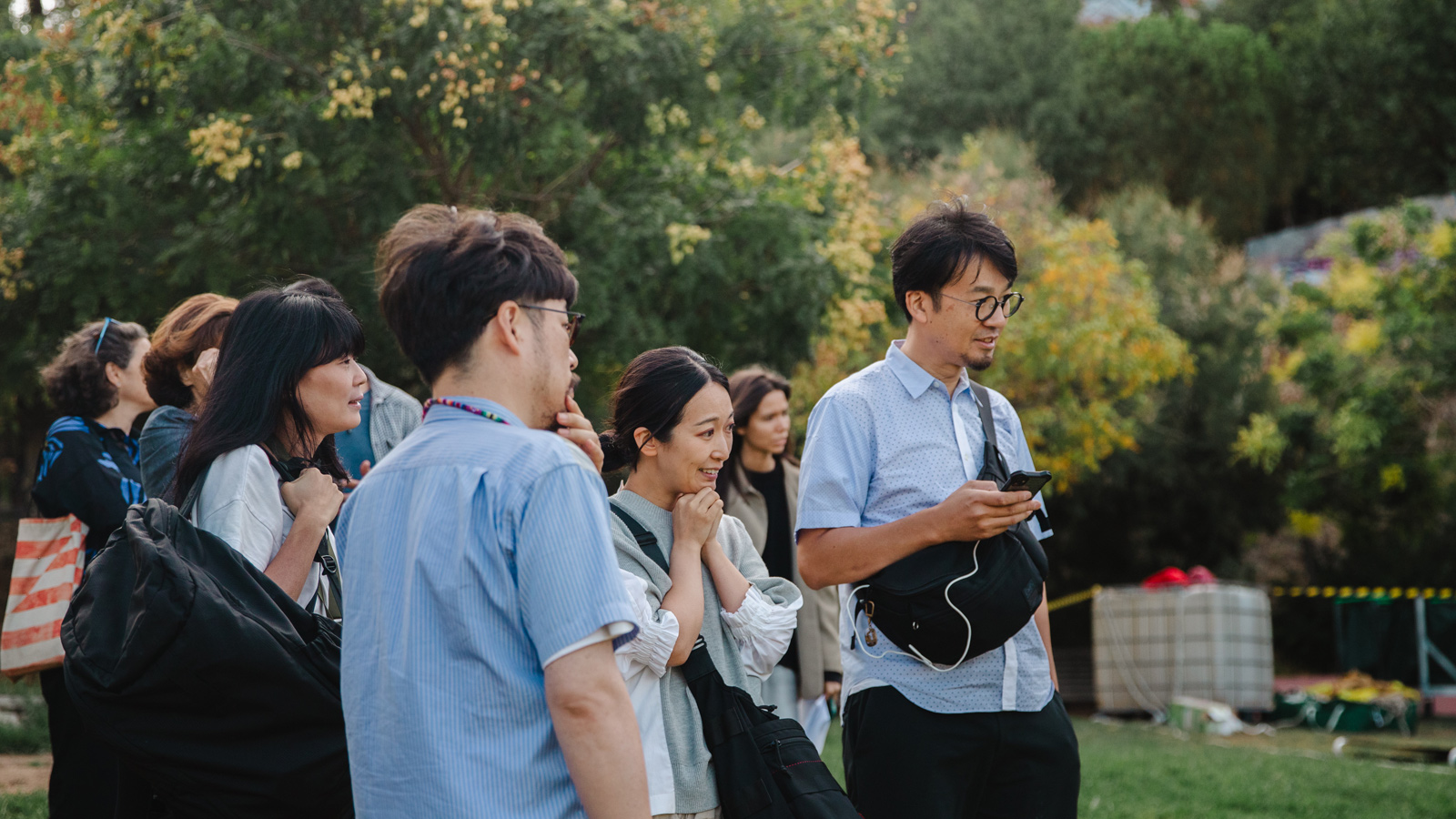
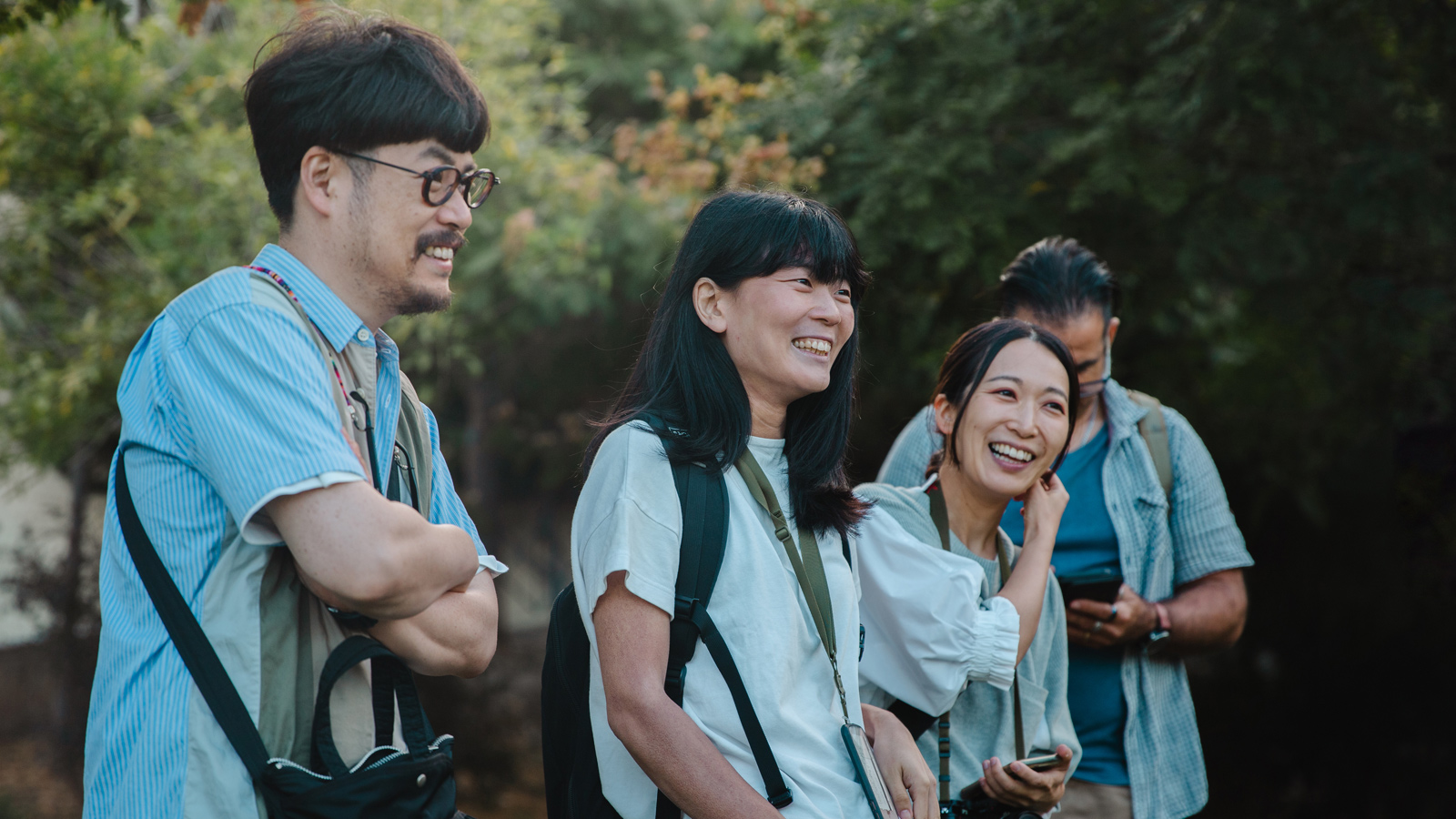
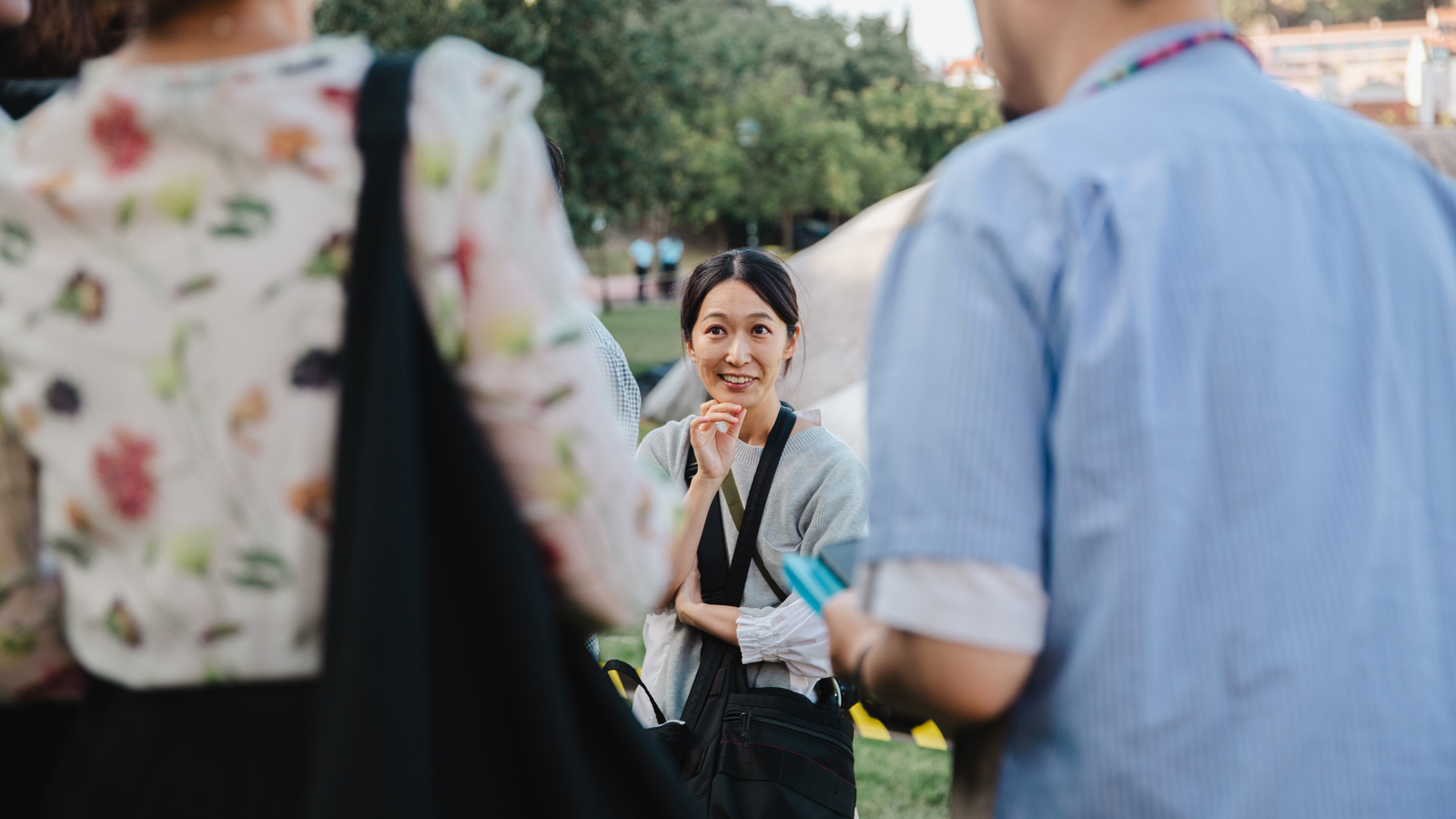

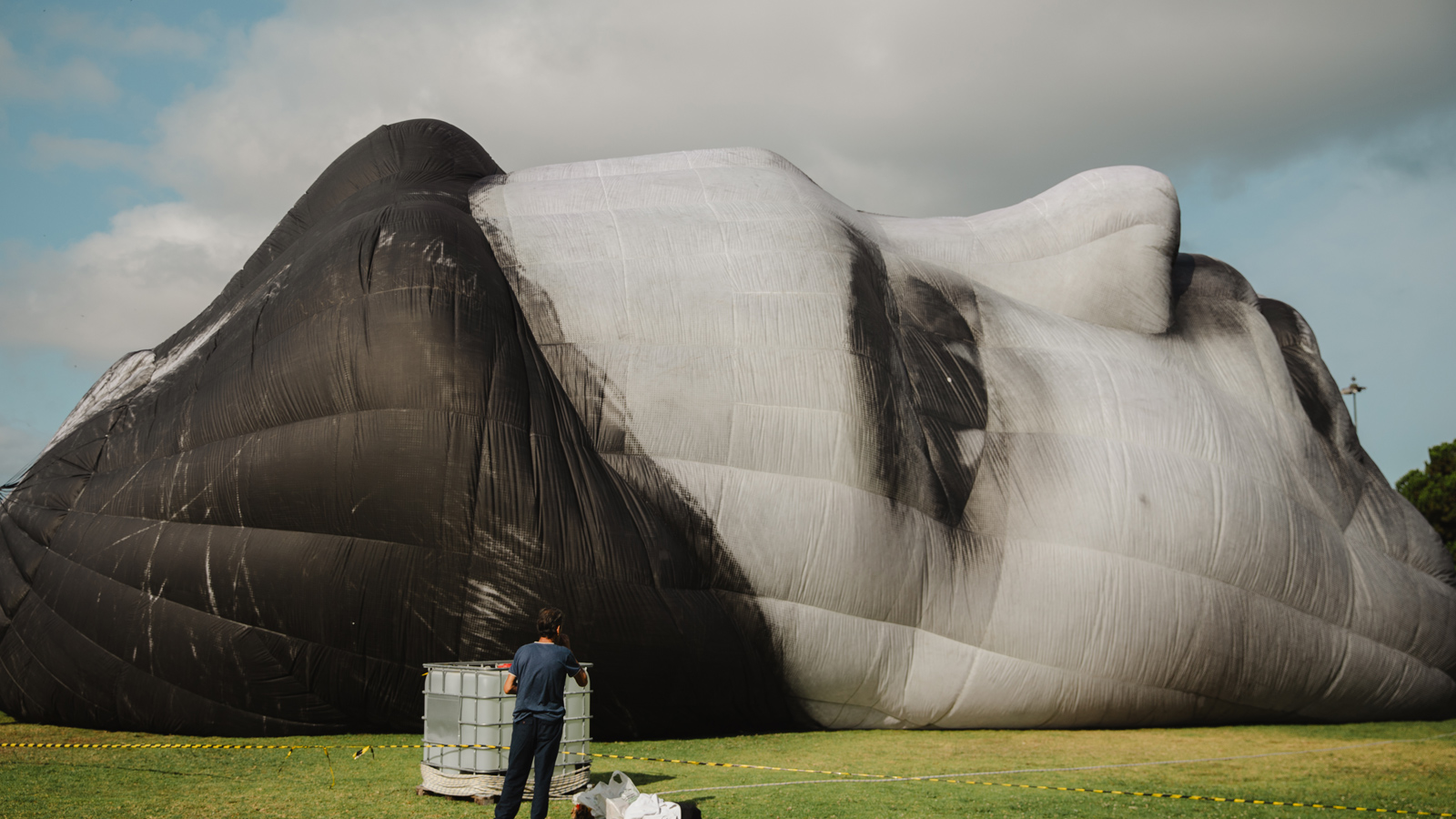
What changes do you feel after this experience?
Just as there are no clear answers to art, there are no clear answers to the act of appreciation.
For us, however, the reaction of the Portuguese people was a very respectful one. One of artists from the 目 [mé] team, Haruka Kojin, said she felt that ‘the sensibility is independent.’ We felt the freedom and joy of being able to present our work to a wider range of places and people, like a fish out of water (a fish out of a bowl into the sea). And we gained a greater motivation than we had ever felt before. We really appreciate everything.
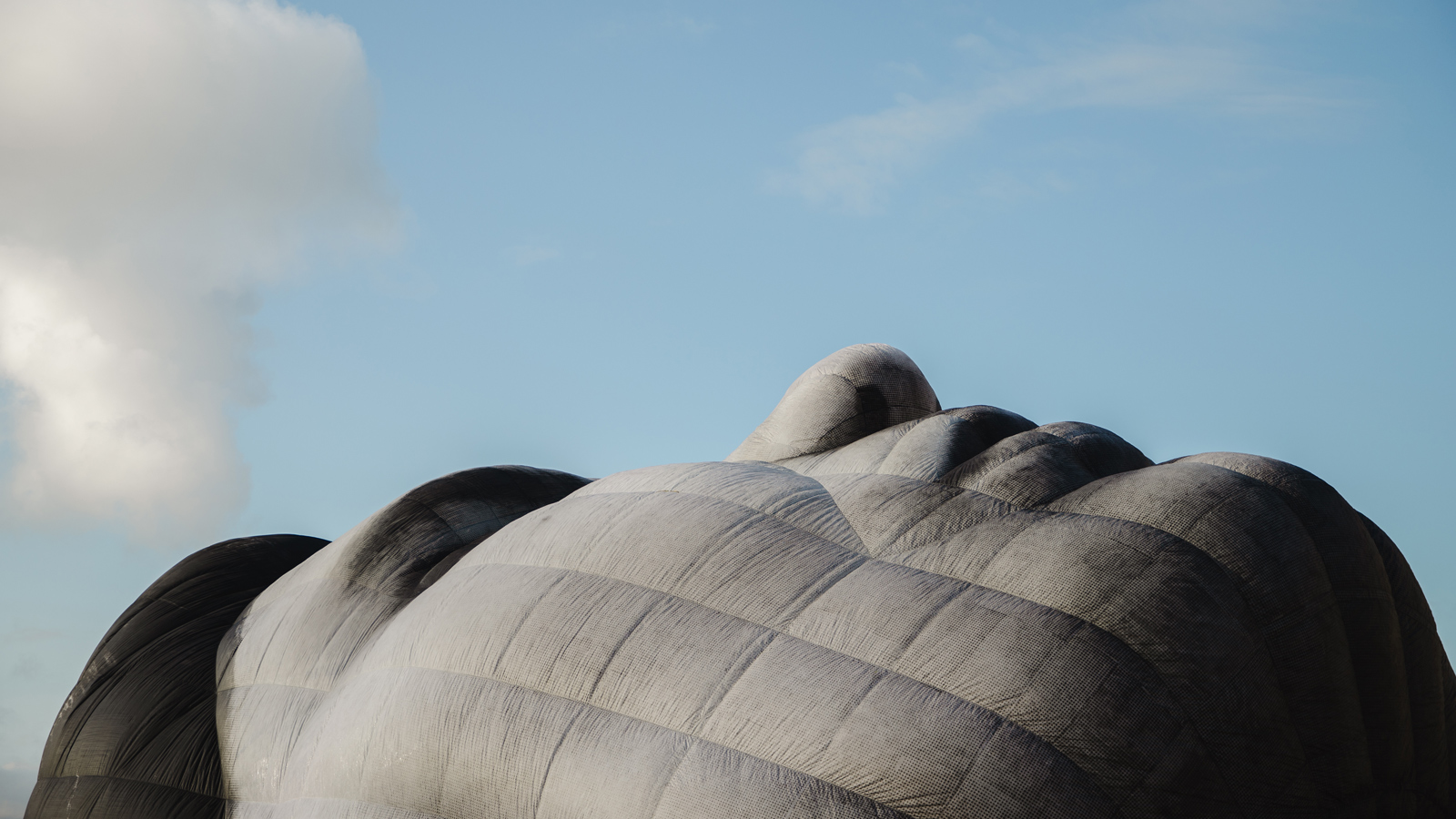
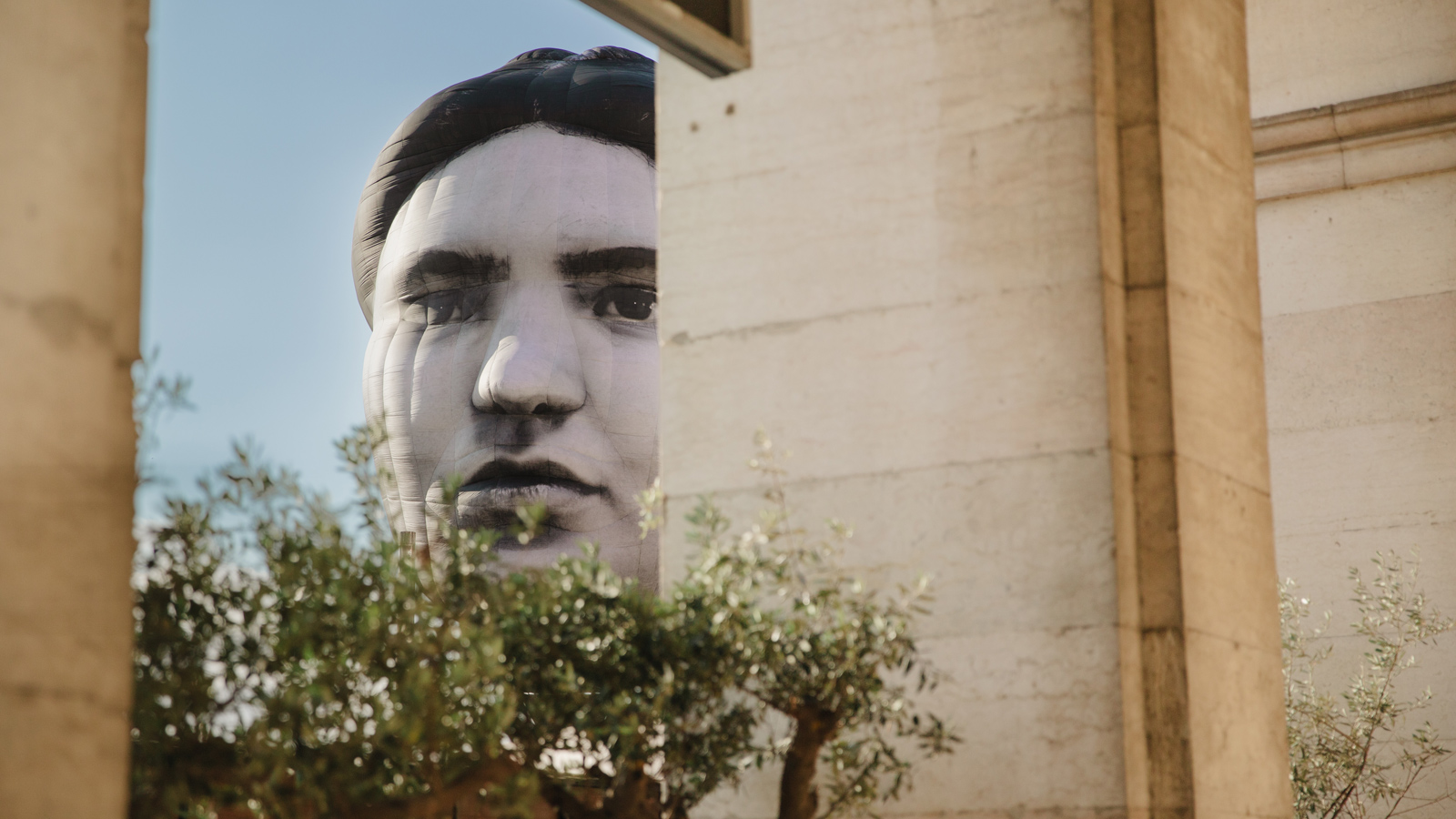
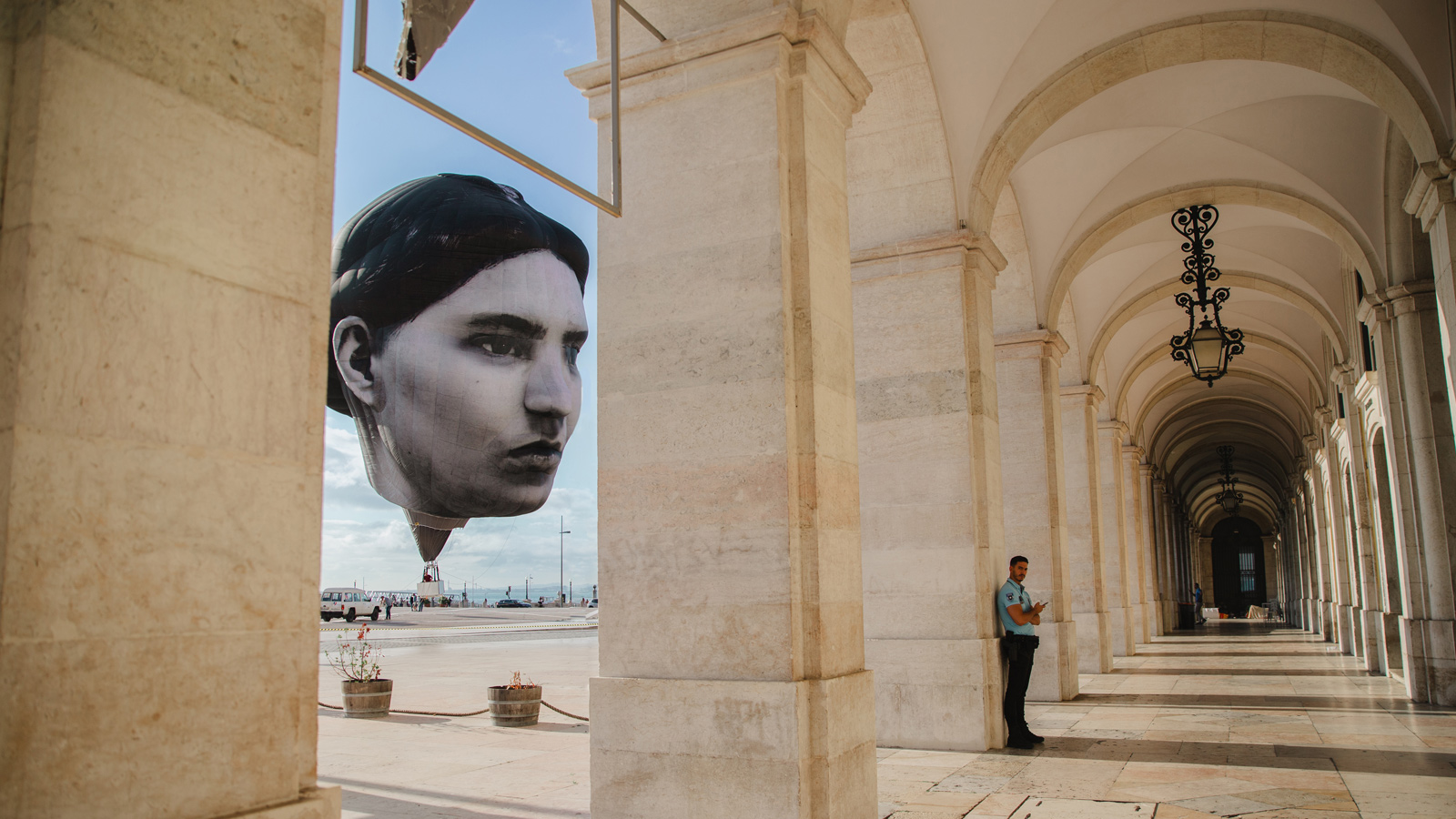


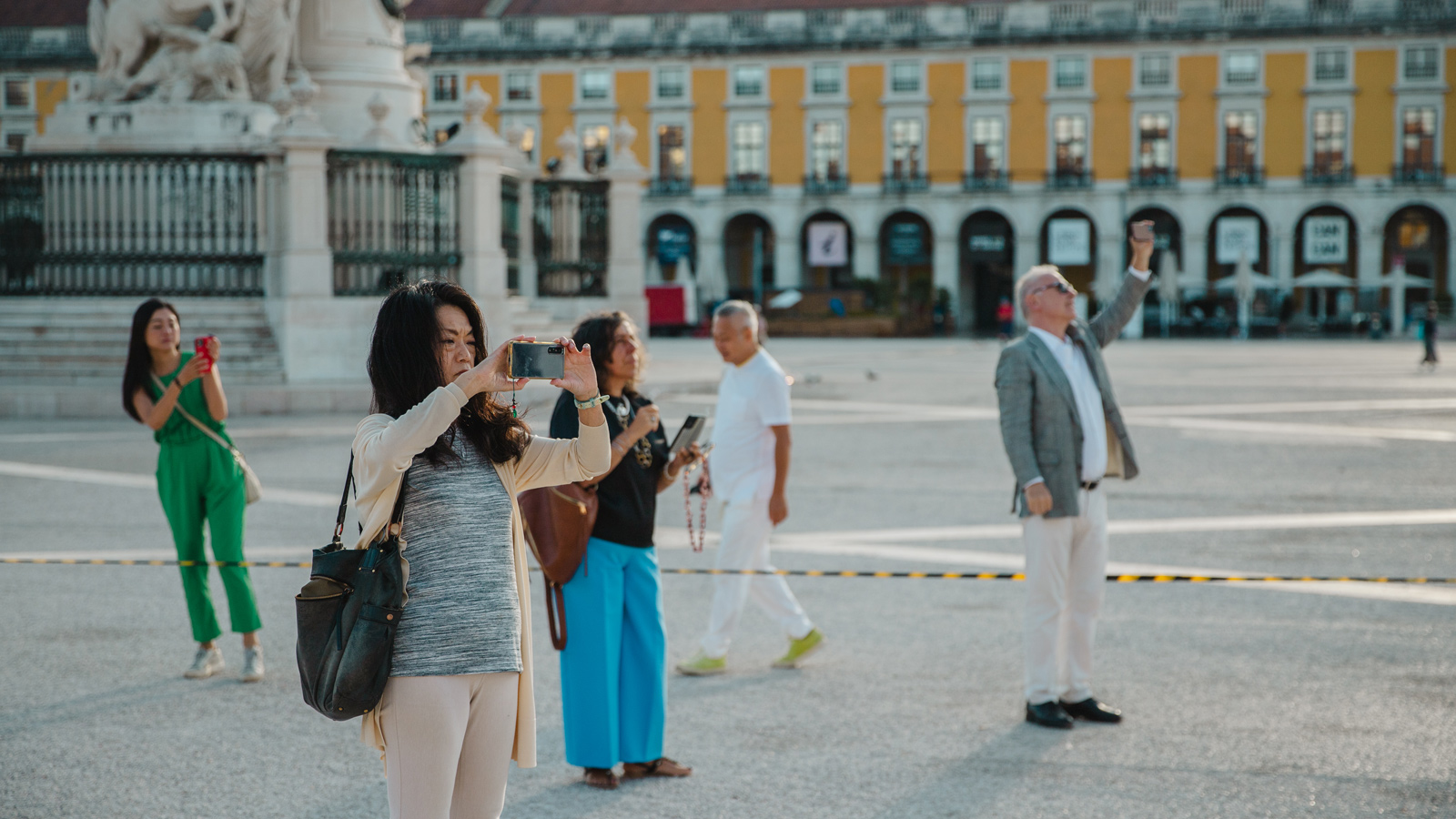
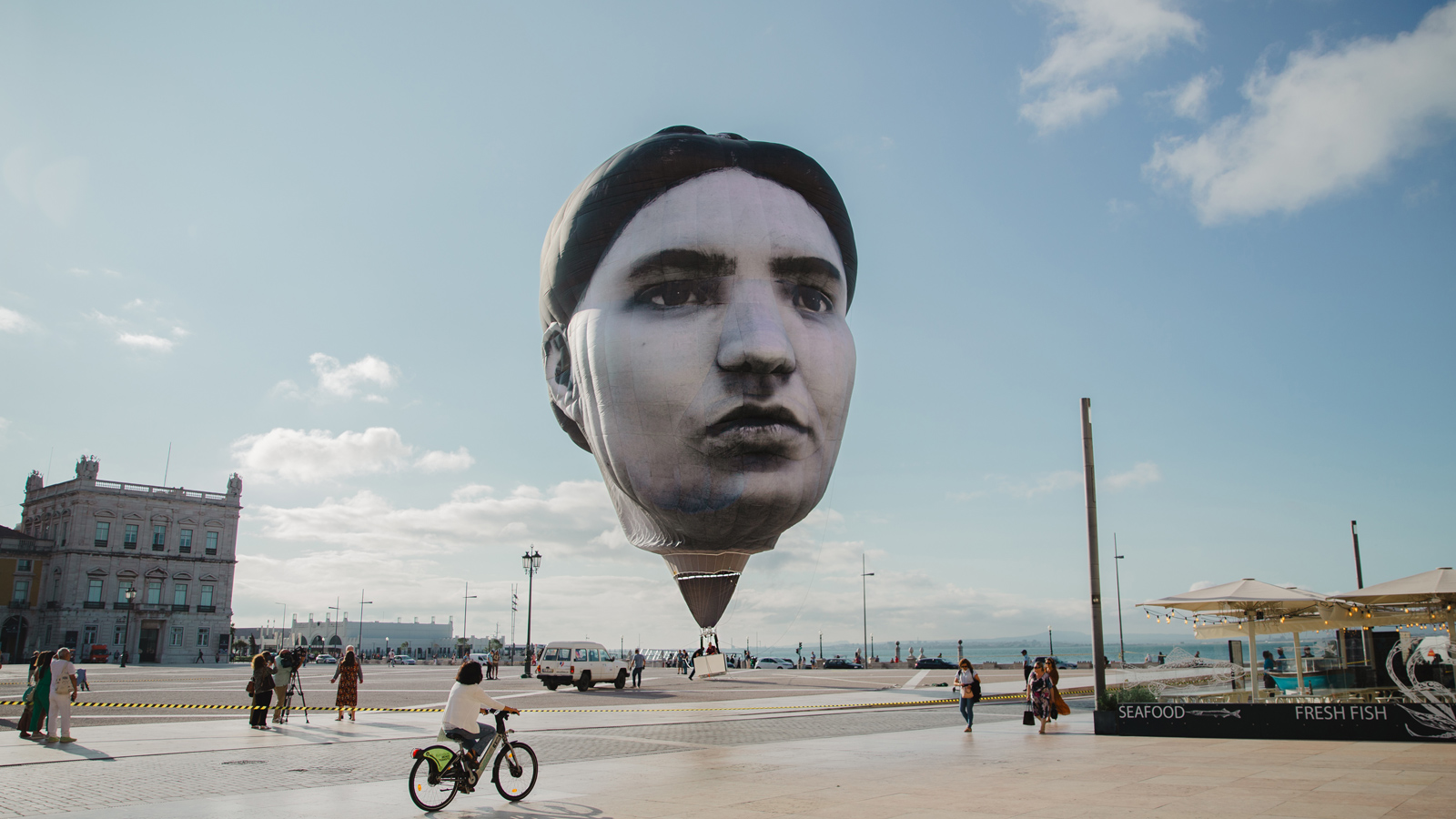
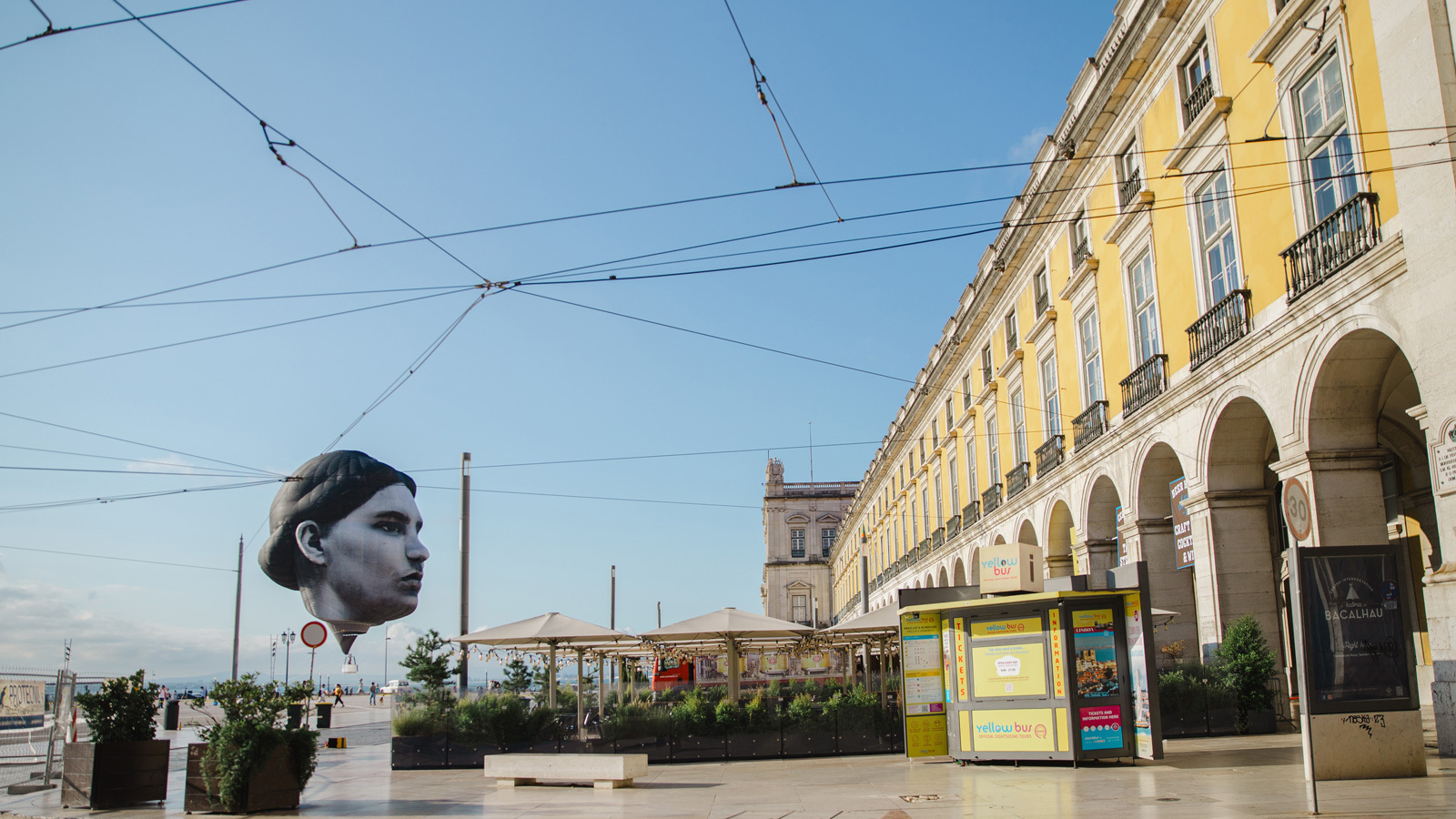
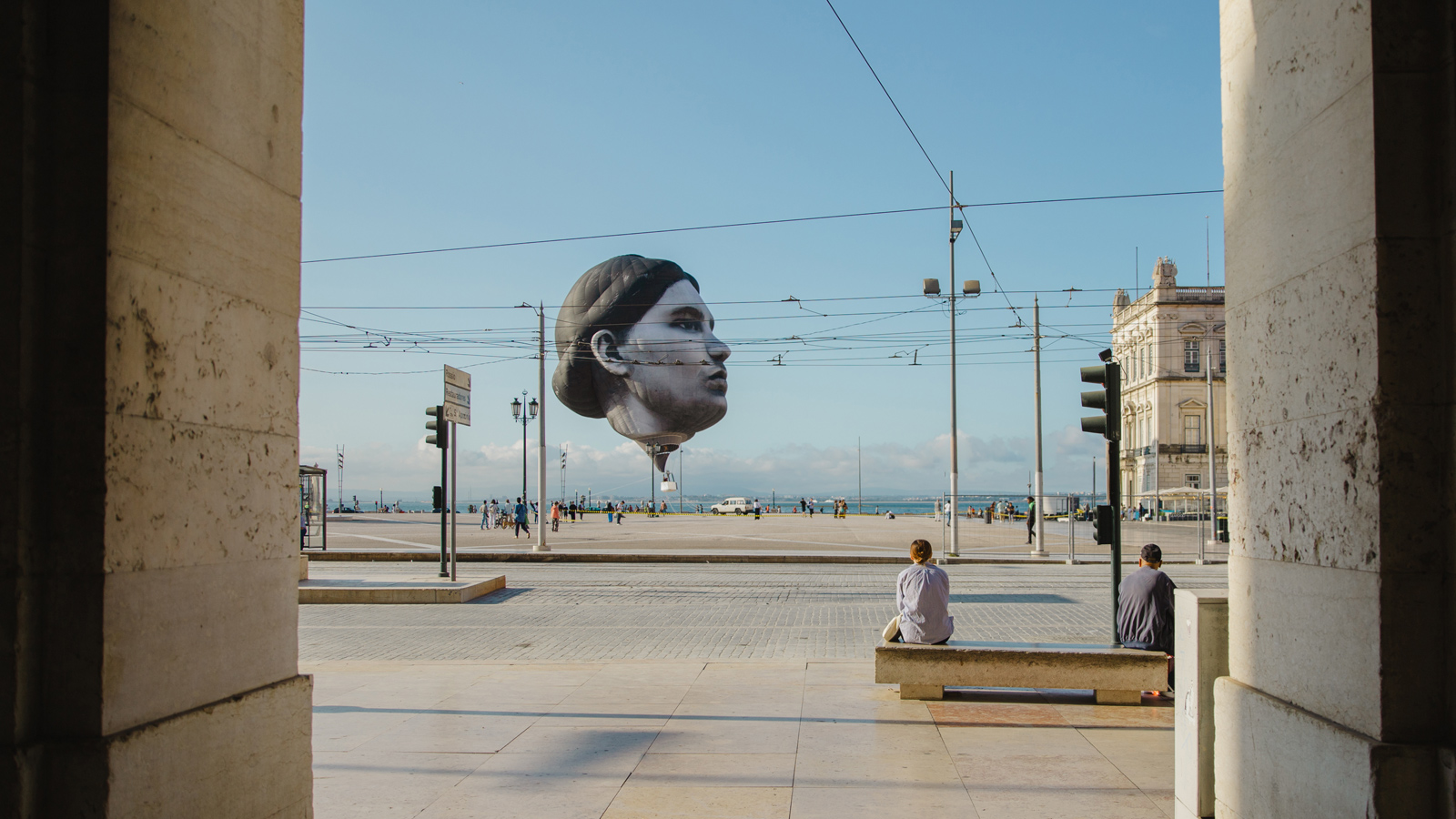

Suggestions from the artists
Haruka Kojin
Book: In Wildness Is the Preservation of the World, by Eliot Porter and Henry David Thoreau
Music: Smells Like Content, by The Books
Artist: rosas/Anne Teresa De Keersmaeker
Favorite place in Lisbon: Miradouro da Senhora do Monte
Kenji Minamigawa
Book: Warped Passages, by Lisa Randall
Music: Try, by Sidsel Endresen and Bugge Wesseltoft
Artist: Xavier Dolan
Favorite place in Lisbon: Areas around Jardim da Cerca da Graça
Hirofumi Masui
Book: The Flowering Spirit, by Zeami
Music: Kei Ogura, by Ai San San
Artist: Enzo Mari
Favorite place in Lisbon: Alameda Dom Afonso Henriques (the atmosphere of the place, including the public and the team, while we were preparing the flight, made me love this place)
